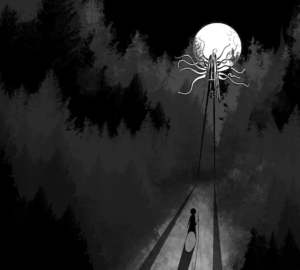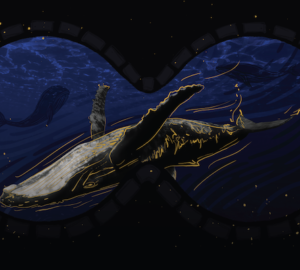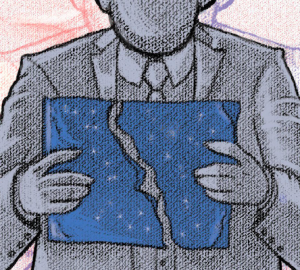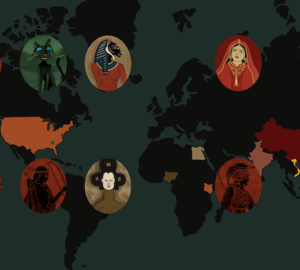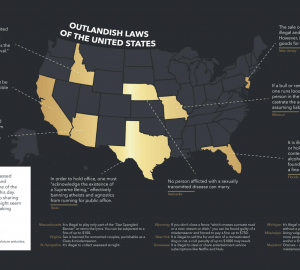Is time travel possible, or has Hollywood been lying to us?
WRITTEN BY MASHA ZHDANOVA
ILLUSTRATED BY ADAM COE

“People assume that time is a strict progression of cause to effect, but actually, from a non-linear, non-subjective viewpoint, it’s more like a big ball of wibbly-wobbly, timey-wimey … stuff,” said the Tenth Doctor in the 2007 “Doctor Who” episode “Blink.” The long-running science fiction TV series is about an alien called The Doctor who travels through time and space using a machine called the TARDIS. However, how does real research into time travel compare to the “ball of timey-wimey stuff ?”
Brian Cox, physics professor at the University of Manchester and presenter of the “Science of Doctor Who” miniseries for the British Broadcasting Corporation (BBC), explained that time travel into the future is possible with time dilation. According to Cox, if a person leaves the Earth traveling at nearly the speed of light for five years, then turns around and goes back, 29 years would’ve passed for people on Earth — meanwhile, only 10 years would’ve passed for the traveler. So, it’s possible to travel forward in time.
What about going backwards? In 1974, American physicist Frank Tipler published a paper on rotating cylinders. The paper explained that if an infinitely long and massive cylinder spun along its longitudinal axis, a spaceship accelerating along it could travel backwards in time. This is called a Tipler cylinder, and has since been referenced in a variety of science fiction and fantasy media — such as the Japanese franchise “Steins;Gate” and the “Discworld” series by Terry Pratchett.
A traversable wormhole is a theoretical hole in space and time that would allow for extremely fast travel from one part of the universe to another — which both scientists and science fiction writers agree on as a possible time travel mechanism. In 1988, researchers Michael Morris, Kip Thorne and Ulvi Yurtsever worked out a way to turn a wormhole traversing space into a wormhole traversing time by accelerating one of its openings. Traversable wormholes have yet to be discovered in the real world, but are popular in science fiction, making prominent appearances in series like “Stargate SG-1,” “Star Trek,” “Doctor Who” and even in the Marvel Cinematic Universe.
So far, no scientific experiments have successfully demonstrated something traveling to the past. The lack of known time travelers from the future in our present time doesn’t necessarily mean time travel will not be invented. Carl Sagan, an American astronomer, suggested the possibility that time travelers are here among us, but disguising their existence. Some scientists are optimistic. Theoretical physicist Ronald Mallett maintains that a time machine will be built by the end of the 21st century, and is currently working on a laser tunnel that can transport messages through time. For now, backwards time travel is in the domain of fiction, but who knows what scientists will come up with in the future.




